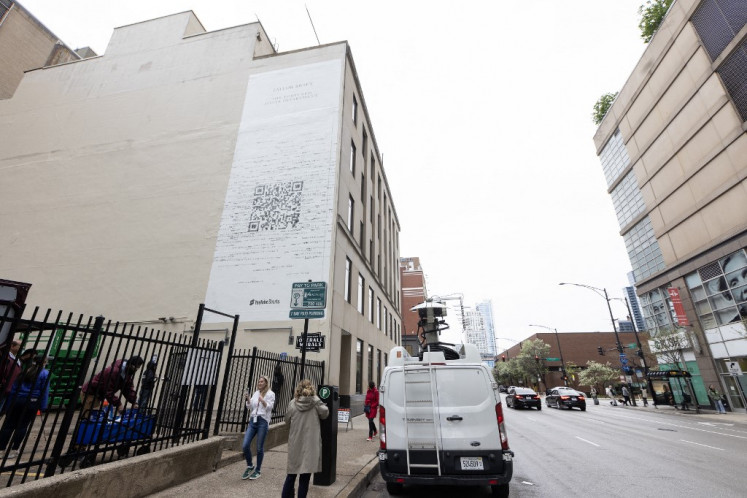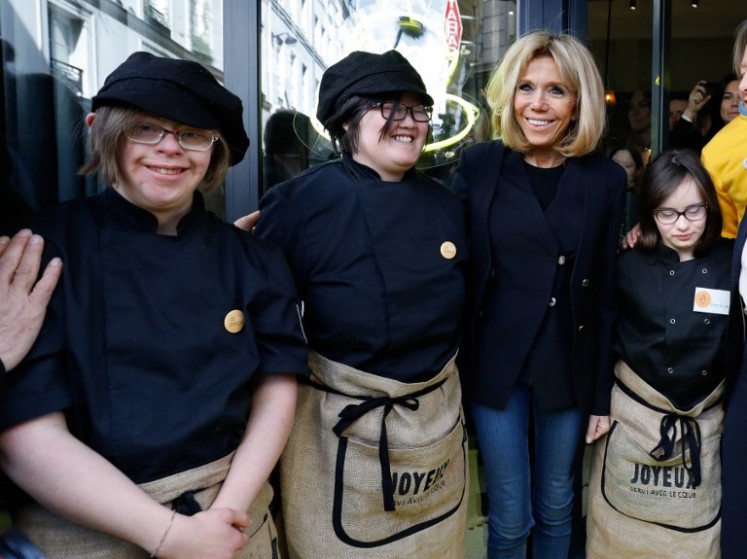Analyzing 'Pretext for Mass Murder'
Change Size
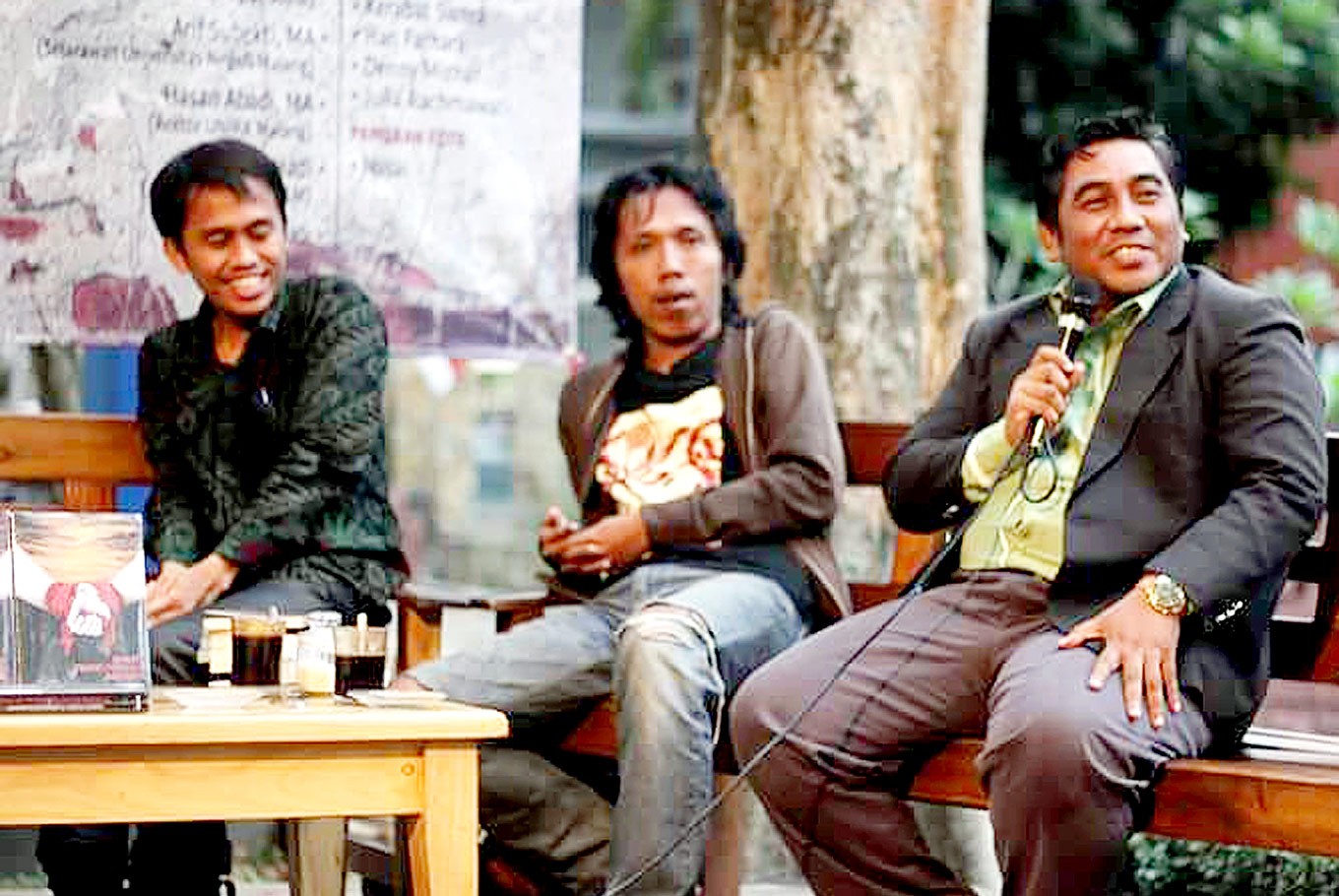 At ease: Hasan Abadi (right), rector of Raden Rahmat Islamic University, Kepanjen, Malang, East Java, speaks at the discussion. (Julia Rachmawati/File)
At ease: Hasan Abadi (right), rector of Raden Rahmat Islamic University, Kepanjen, Malang, East Java, speaks at the discussion. (Julia Rachmawati/File)
I
n the historical record of the events in Indonesia in 1965, John Roosa’s Pretext for Mass Murder: The September 30th Movement and Suharto’s Coup d’Etat in Indonesia has always been one of the main documents for study.
The Indonesian translation of the book came out for the first time in 2008. In August 2017, the Kendi publishing company republished this 426-page book with a different cover from its previous edition.
Several academics recently analyzed Roosa’s research at the Library Café in Malang State University in Malang, East Java.
The academics were Arif Subekti, a historian at Malang State University, Kuncoro Hadi, a historian from Gadjah Mada University, Yogyakarta and Hasan Abadi, rector of Raden Rahmat Islamic University (Unira) Kepanjen in Malang.
Hasan said that as a member of Nahdlatul Ulama (NU), his initial perception was that Roosa’s book would unquestioningly favor the Indonesian Communist Party’s (PKI) interpretation.
“Even in the title, there is no mention of the PKI, however, it turns out that the book does not support any particular party or side involved,” Hasan, the former chairman of Malang’s NU youth movement GP Ansor, said.
Hasan added that Roosa had rightly placed the various belligerent parties face to face, more personally rather than organizationally.
Hasan’s analysis of the book concluded that the PKI’s fate was actually obvious.
“Under guided democracy, all circles or parties including NU, the Indonesian Nationalist Party and Masyumi wondered who would rise to power after [then president] Sukarno,” he said.
At the time, he said, all of them, including the Army, had the same perception that without consolidating with Sukarno it would be hard to gain power.
“In my view, even if the PKI had not taken the chance to act at all, it would have been finished because that party was already the ‘common enemy’ of several groups,” he pointed out.
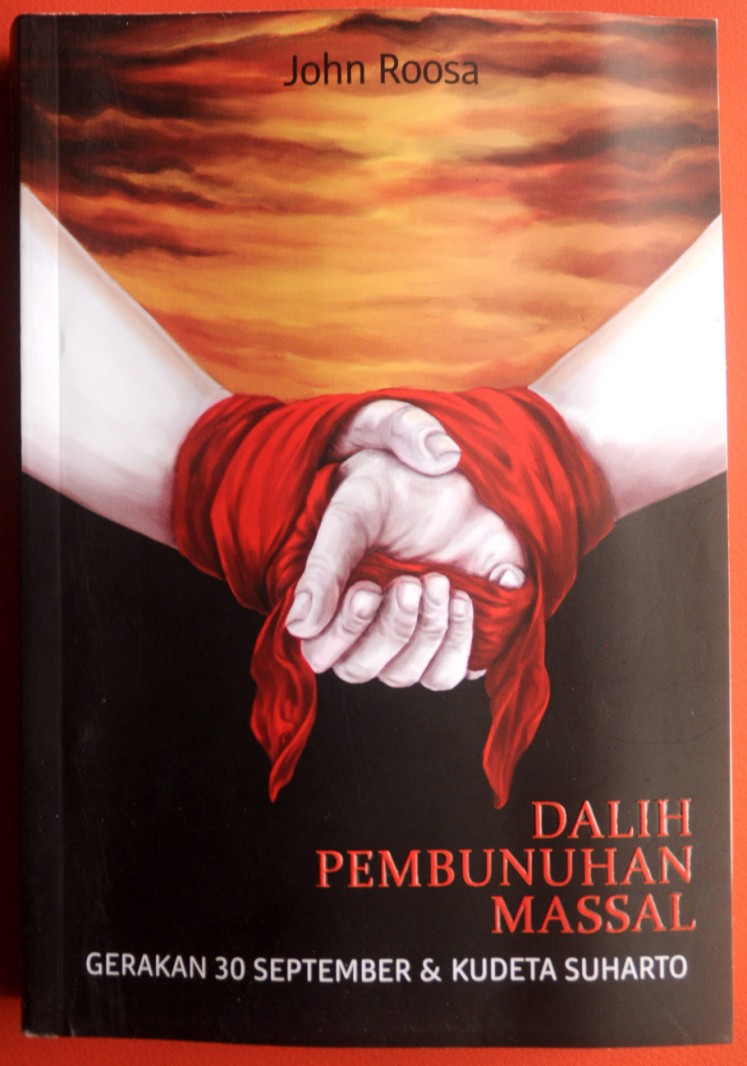
Hasan described the book as interesting for comparative discourse, yet rather difficult for historical discourse by the younger generation.
A book, according to Hasan, can be used for historical discourse when it is arranged chronologically so that causes of occurrences and other developments can be traced back instead of just dealing with a particular event.
Meanwhile, Kuncoro said that Roosa had made a remarkable analysis of the muddled involvement of the civilians, in this case the party elite, and that of the military in the Sept. 30 movement (G30S).
Roosa’s analysis, according to Kuncoro, explains why the movement eventually failed and was finally overwhelmed by Suharto.
“There are several documents. One of them revealed in this book is the Supardjo document that wasn’t used in military tribunals, thus leading to mass murder following the incident,” Kuncoro said.
“If the elite had been tried and the party disbanded, the mass murder of members of the party and affiliated organizations might not have happened,” he added.
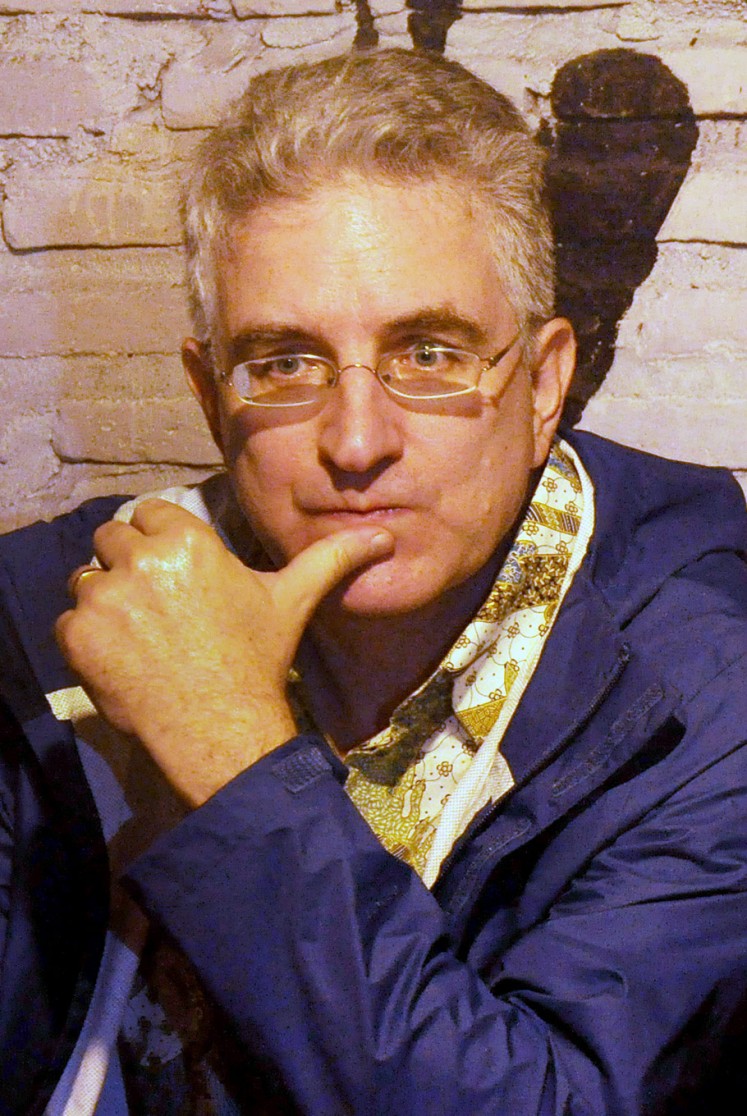
Kuncoro added that the book also showed why reconciliation between the state and the families of the 1965 communist purge remained a difficult topic until now, because unlike history in general, the incident had produced two contradictory narratives.
“Some maintain an opinion that it was the PKI’s violence against the state, while others maintain that it was the state’s violence against the PKI,” he said.
Other incidents like the DI/TII Islamic military rebellion, according to Kuncoro, only left one narrative, that of a revolt against the state.
In response, Arif said, it was normal for a regime to write an official version of history in an attempt to legitimize the regime and oblige people to memorize its historical narrative.
“But I appraise this book as a detective novel, definitively revealing no mastermind, because what happened were crucial moments that benefited certain individuals,” he suggested.
In spite of their different viewpoints, the three experts shared the same judgment of Roosa’s work.
They regarded Roosa as having worked as a genuine historian in writing this book. A different perspective systematically presented has opened a new horizon for readers to draw their own conclusion of the truth or fiction of the Sept. 30 movement.




